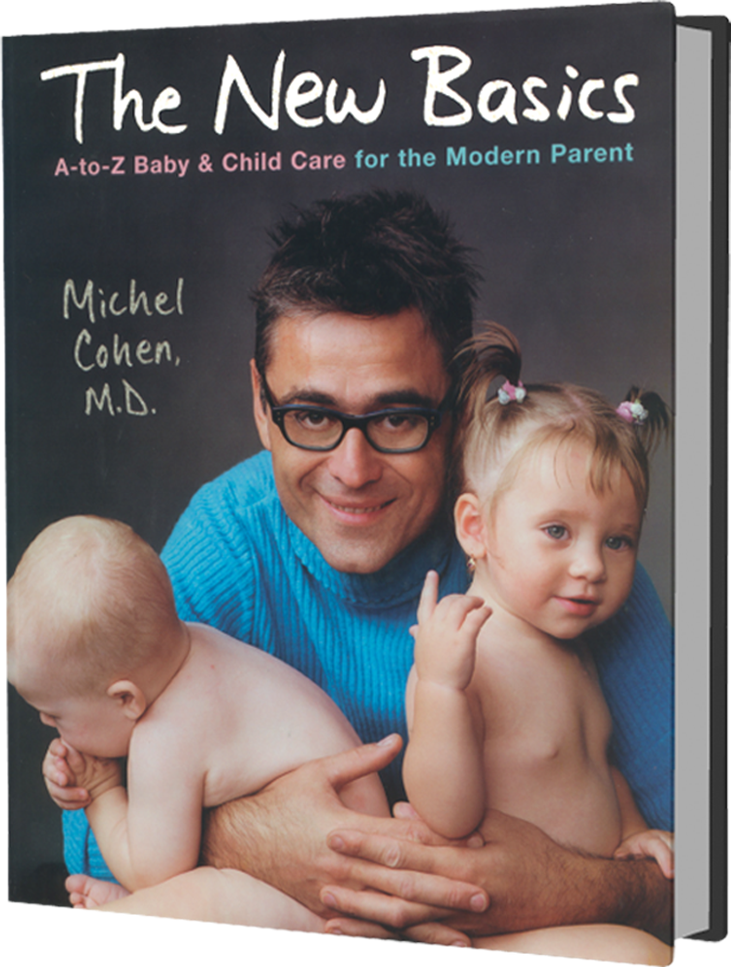
Nightmares and Night Terrors
When Jimmy wakes up screaming from a sound sleep and tells you what just happened in his dream, it’s a nightmare. When Lucy suddenly stands up in her crib screaming at the top of her lungs with her eyes wide open, but is still asleep and oblivious to your presence, it’s a night terror.
In the first case, you can reassure Jimmy that Snow White wasn’t in any danger, but in the second, the Evil Queen keeps coming after the future princess, even though you’re right there in the bedroom trying to comfort Lucy. Both nightmares and night terrors are perfectly normal between the ages of three to six. These nocturnal fantasies can be exacerbated by anything that stimulates a child’s imagination; that video that seemed so cute to you may have taken root in Jimmy’s mind and grown into a truly frightening scenario.
The first few times Jimmy has a nightmare, it will terrify you as much as it does him. Comfort him, but put him back to bed quickly. Avoid discussing the dream too much at the moment and even in the morning; focusing on it will only validate his fears and make the dream recur. If he insists on talking about it, explain to Jimmy in simple words that it was just a dream, which has nothing to do with reality.
When Lucy has night terrors, hold her if she lets you, but don’t wake her up. You’ll only create more drama. When her dream is over she’ll lie down suddenly and enter her next sleep cycle, happy as a clam.
Be aware that a child who was sleeping without any issues can become a problematic sleeper if you make too big a fuss over nightmares. If you turn on the light, bring milk and cookies, and play soothing music, you’ll see nightmares occurring every night. And if you systematically bring Jimmy to your bed, you’ll be surprised at how quickly he gets used to the new routine.




 MEDICATION DOSAGE
MEDICATION DOSAGE

